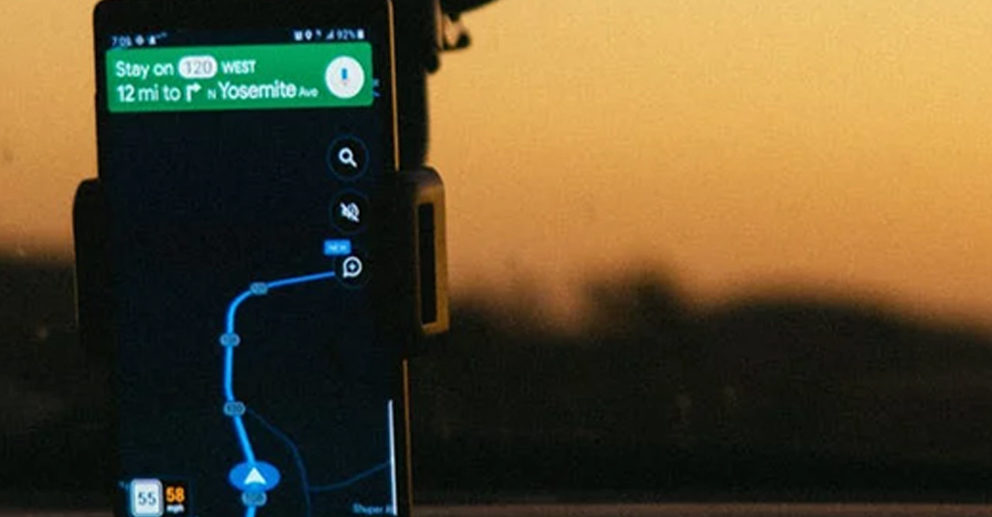What is Connected Vehicle Technology and How Does it Work?
With the world becoming “connected” in every sense and digitization taking over all aspects of our lives, connected vehicle technology is all set to take the automobile industry by storm. Effective implementation would totally revolutionize the way we drive!
What is connected vehicle technology?
A connected vehicle utilizes wireless networks to connect to devices in its vicinity. Connected vehicle technology is what creates connected vehicles that can predict each other’s movements and therefore avoid accidents by warning drivers about dangerous driving, slowing down, and overtaking. It has a wide range of applications such as syncing entertainment systems with smartphones or vehicles connected via the Internet that can communicate with other vehicles, mobile devices, and city intersections, as well.
How does connected vehicle technology work?
As of now, vehicles have to be linked up to the Internet, in order to be successfully connected. But in the future, cars could be connected by short-range radios for extra communication. This technology relies upon instant communication between vehicles in order to work effectively, but it needs to work universally too, regardless of vehicle brand, model, or location.
There are two kinds of systems being used in vehicles these days – embedded, which means the car is equipped with a chipset and built-in antenna, and tethered, where vehicles are integrated with hardware that connects to the driver’s smartphone. Connected vehicle technology can be used to gain access to and send data, connect with other devices and vehicles via IoT, download software updates or patches, and provide Wi-Fi connectivity to passengers too. Even telematics data can be accessed conveniently.
Using connected fleet technology in fleet management
Needless to say, connected vehicles will improve fleet management services by a great deal. Once vehicles are connected to the Internet, all information can be accessed swiftly by fleet managers. As mentioned, this technology can be used to access telematics data, so drivers get notified of vehicle health, along with potential problems. If a component needs to be replaced or a part isn’t working the way it should, proper maintenance procedures are a must, before they become the cause of accidents.
It is highly likely that connected vehicle technology will be seamlessly integrated into completely autonomous vehicle technology in the future. At first, drivers could still be required to fill a precautionary role in autonomous vehicles. This way, the transition from human-driven vehicles towards fully autonomous, driverless, technology, is smoother. When fewer drivers hit roads to carry cargo and more traffic is being supervised by autonomous programs, fleet management will become an even more important task within transport-oriented companies. The technology can effectively survey the status and health of its company vehicles via IoT. Even though route optimization does a great job, connected vehicle technology can be used to fine-tune the process, in order to find the perfect route to avoid traffic.
Connected vehicle technology could help improve road safety
Connected vehicles can drastically lower the number of fatalities and serious injuries due to accidents on roads and highways. While the number of people surviving crashes has increased significantly thanks to airbags, anti-lock brakes, and other technology, it is imperative to implement solutions that prevent such crashes in the first place.
Connected vehicle technology allows cars, trucks, buses, and other vehicles to “talk” to each other with in-vehicle or aftermarket devices that continuously share important safety and mobility information. This technology has more benefits than newer ones appearing in high-end vehicles such as radar, lidar, cameras, and other sensors. Connected vehicle technology has a greater range than onboard vehicle equipment that allows receiving alerts regarding dangerous situations. It gives more time to react and prevent accidents. This technology doesn’t rely on “line of sight” communications to be effective, unlike radar. So if a car ahead is braking hard on the other side of the hill due to an obstruction, you would still get notifications, even if you can’t see or aren’t aware of the hazardous situation.
Apart from guaranteeing safety, connected vehicles also increase transportation options and reduce travel times. If traffic managers are able to control the flow of traffic better with the advanced communications data available and prevent or lessen developing congestion, it could significantly reduce fuel consumption and emissions. It has excellent potential to succeed and can be applied to conventional vehicles and self-driving cars.

 Global
Global Australia
Australia India
India